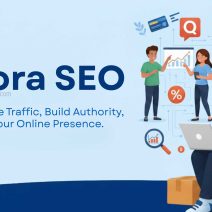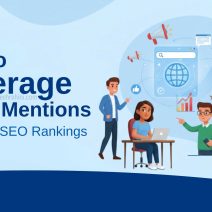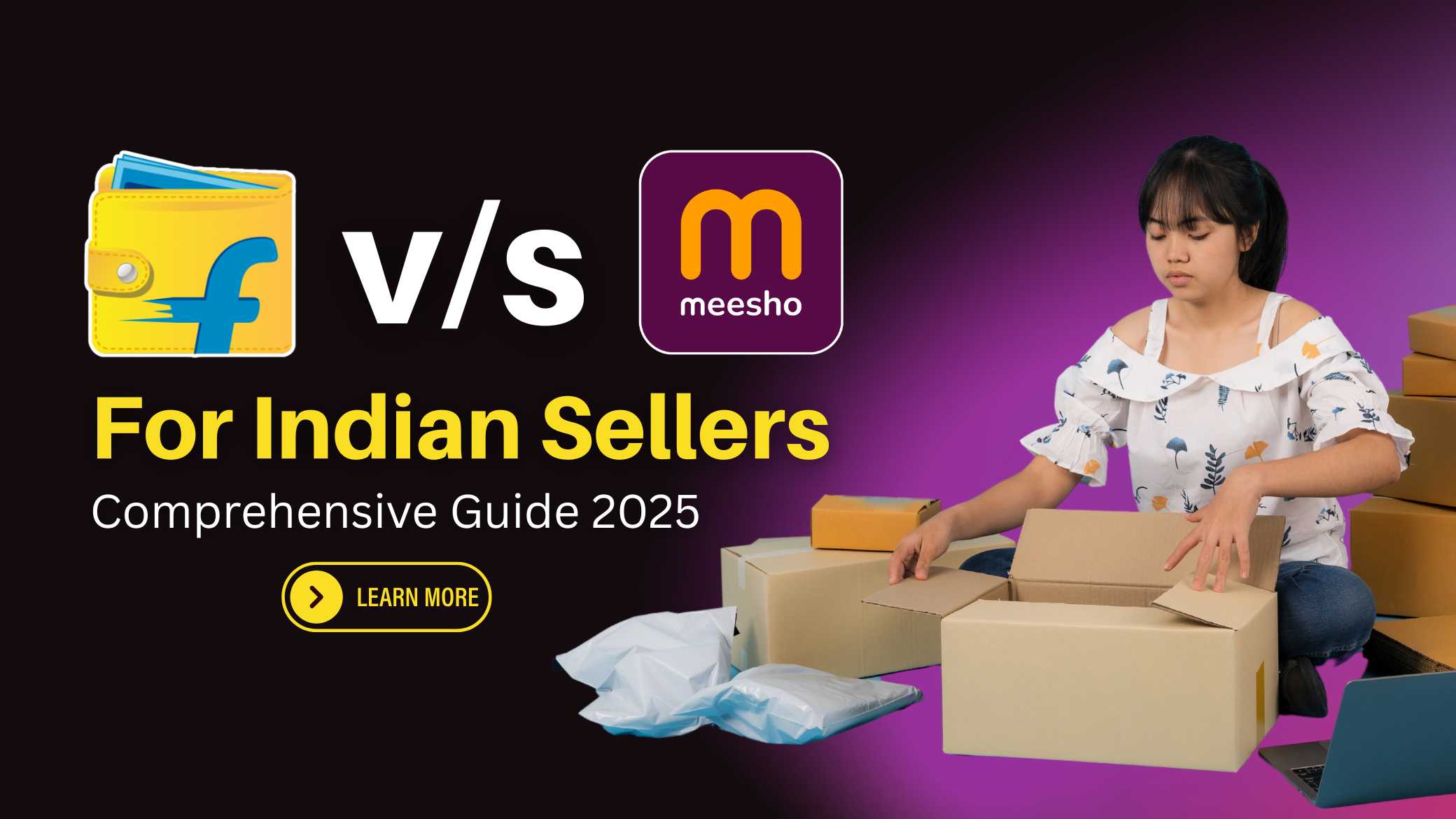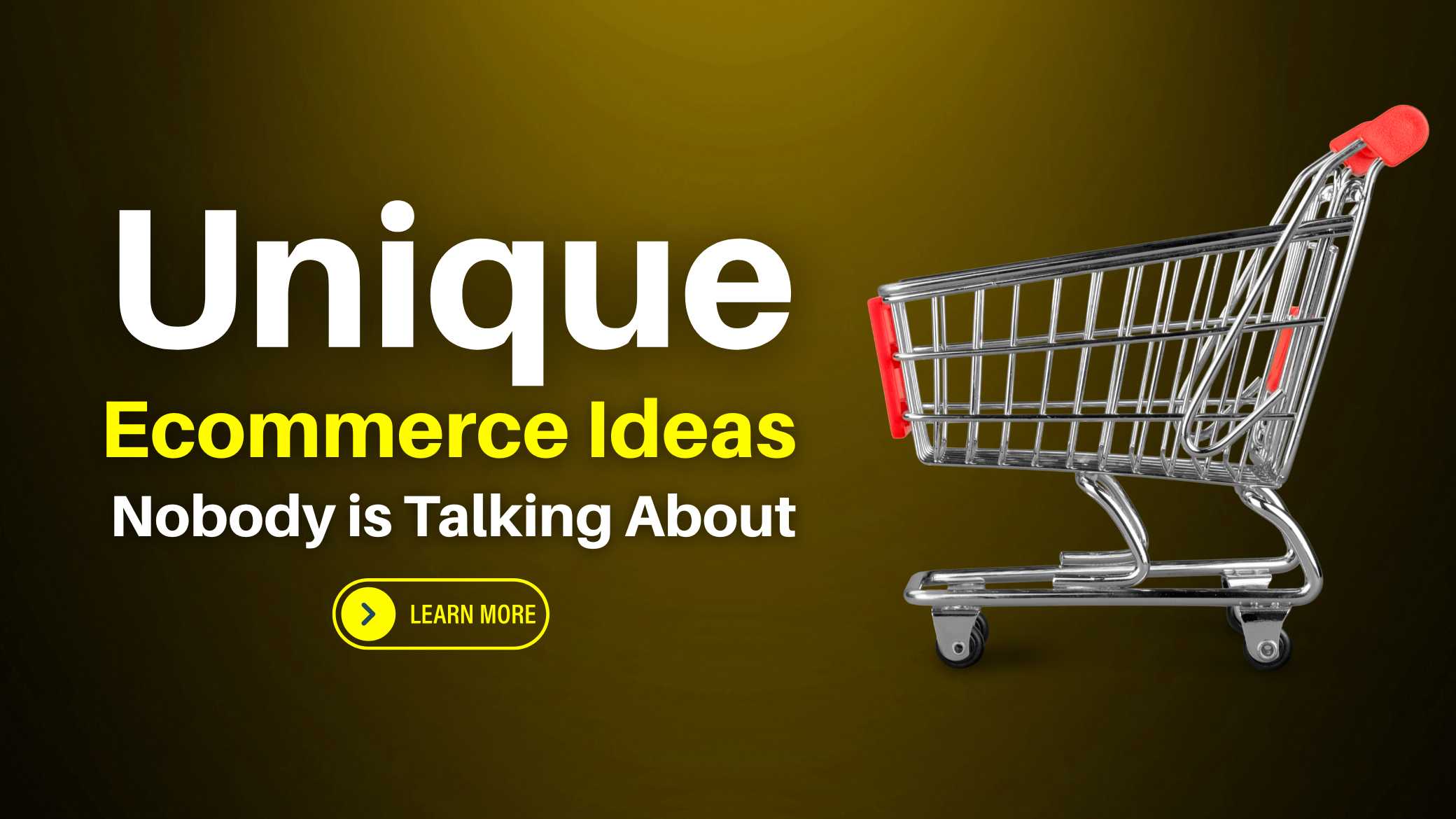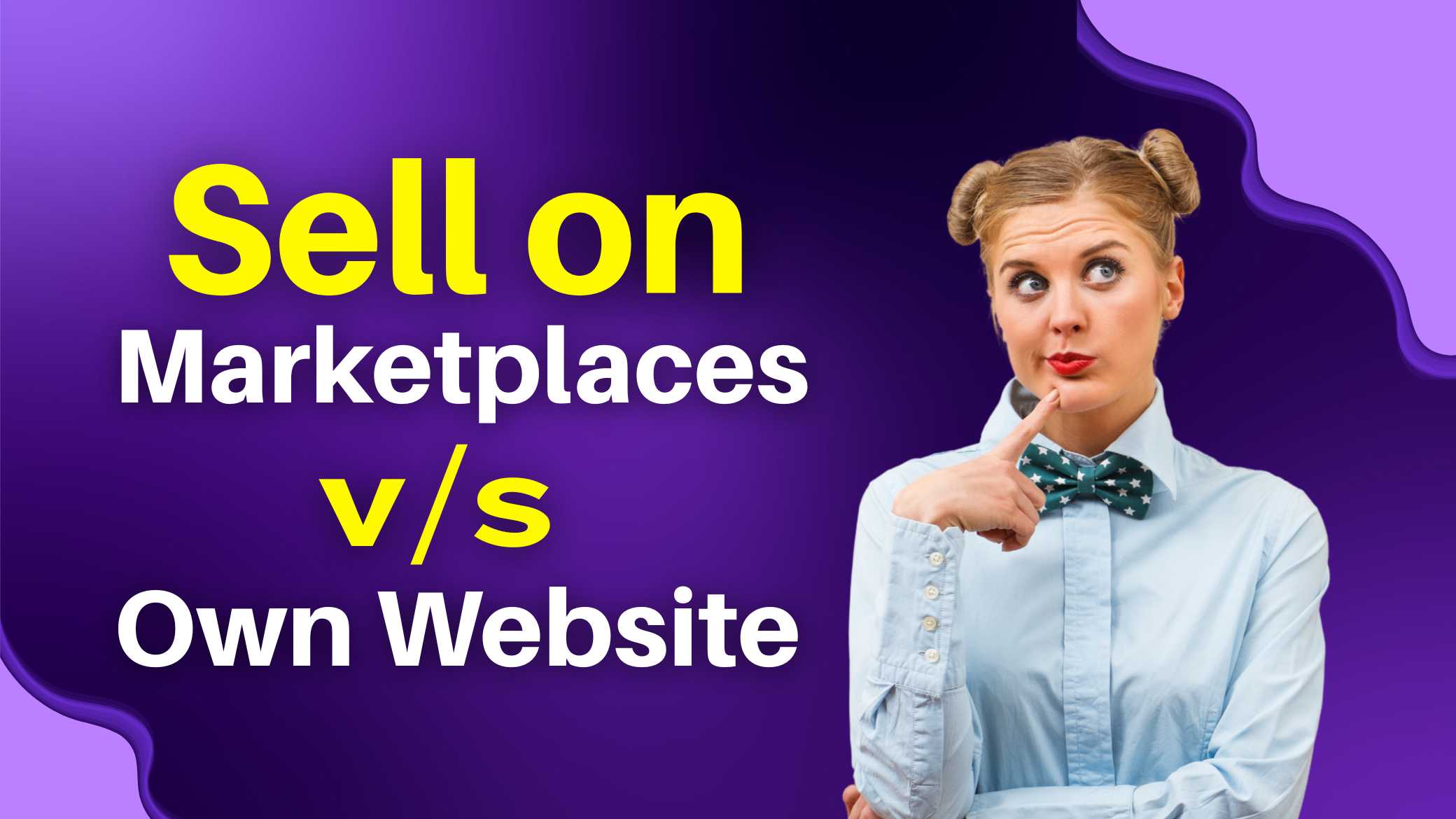
Sell on Marketplaces vs Own Website – Final Verdict : 2025
Marketplaces vs Own Website : In 2025, the digital commerce battlefield is more competitive than ever. With over 1.8 billion people expected to shop online globally, entrepreneurs face a crucial decision: Should you sell on marketplaces like Amazon, Flipkart, Meesho, and Etsy or build and sell from your own website using platforms like Shopify, WooCommerce, or Wix? Both approaches have their strengths and weaknesses.
Table of Contents
This comprehensive essay offers a deep dive into the Sell on Marketplaces vs Own Website debate, explores their advantages and limitations, and concludes with a definitive verdict tailored for digital sellers in 2025.
Understanding the Basics
What is a Marketplace?

A marketplace is an online platform where multiple sellers list their products for sale to a large customer base. Examples include:
- Amazon
- Flipkart
- Etsy
- Meesho
- Myntra
- Snapdeal
- eBay
You sign up as a seller, list your products, and leverage the platform’s traffic, logistics, and payment infrastructure.
Also Read : Is Selling eBooks Still Profitable in 2025 ?
What is an Ecommerce Website?
An ecommerce website is your own online store built and operated independently. You choose the platform, design, payment methods, shipping partners, and branding. Popular tools include:
- Shopify
- WooCommerce (WordPress)
- Wix
- Magento
- BigCommerce
You control everything—from branding and marketing to user experience.
High-Reaching Keywords to Target in 2025
- Sell on marketplaces vs own website
- Marketplace vs Shopify store
- Is Amazon better than own website
- Benefits of selling on your own website
- How to start ecommerce in India 2025
- Shopify vs Flipkart selling
- Best way to sell online in 2025
- Build ecommerce store India
- Meesho vs own website
- Online business strategy 2025
Section 1: Advantages of Selling on Marketplaces
1. Massive Built-in Traffic
Marketplaces have millions of monthly active users searching for products. You can start selling without spending on advertising.
✅ No need to run G Ads or FB Ads initially
✅ Higher chances of organic discovery
2. Trust and Credibility
People trust marketplaces for:
- Easy returns
- Fast delivery
- Payment security
✅ New sellers benefit from platform-wide credibility
3. Infrastructure Support
Most marketplaces offer:
- Integrated payment gateways
- Logistics and shipping (e.g., Amazon FBA, Flipkart Smart)
- Seller protection policies
✅ Hassle-free backend for beginners
4. Faster Setup
You can set up a seller account and start selling in less than a day.
✅ No need for web development skills
✅ Great for side hustlers or micro sellers
5. Exposure to Impulse Buyers
Shoppers browsing a marketplace often stumble upon new items.
✅ Higher chances of making sales without building a brand
Section 2: Limitations of Marketplaces
1. High Competition and Price Wars
Thousands of sellers may offer identical products. It becomes a race to the bottom in pricing.
❌ Slim profit margins
❌ Limited product differentiation
2. Fees and Commissions
Marketplaces charge:
- Listing fees
- Transaction fees
- Shipping fees
- Commission (up to 35% in some cases)
❌ Eating into your profits
3. No Control Over Branding
You’re just another seller. Your product is often listed under the platform’s brand, not yours.
❌ Difficult to build a loyal customer base
❌ Customer belongs to Amazon or Flipkart—not you
4. Algorithm Dependency
Just like G’s SEO, marketplace algorithms change frequently. Your listings can suddenly drop in visibility.
❌ Vulnerable to platform policy changes and account suspensions
5. Data Ownership Issues
You don’t own the customer data—emails, browsing behavior, cart history, etc.
❌ Limits remarketing and personalized marketing
❌ Weak lifetime customer value (LCV) tracking
Section 3: Advantages of Selling on Your Own Website

1. Full Branding and Customization
With your website, your brand shines. From color themes to layout, every element reflects your identity.
✅ Build customer trust
✅ Long-term brand equity
✅ Professional perception
2. Control Over Data
You collect and own:
- Customer emails
- Product analytics
- Purchase history
- Abandonment rates
✅ Enables remarketing, upselling, and loyalty programs
✅ Crucial for email marketing and building a community
3. Higher Profit Margins
No marketplace commissions = more money in your pocket. Your only recurring costs are:
- Hosting fees
- Payment gateway fees
- Marketing expenses (if applicable)
✅ Better profit per product
4. Improved Customer Experience
You can:
- Create unique product pages
- Add upsells and bundles
- Use smart search and filters
- Offer tailored support
✅ Personalized and delightful customer journey
5. Scalability and Long-Term ROI
Once you rank on Google or build a social following, the returns are recurring.
✅ Sustainable ecommerce asset
✅ Increased valuation if you ever sell your brand
Section 4: Challenges of Your Own Website
1. Initial Setup Complexity
Unlike marketplaces, you need to:
- Buy a domain
- Choose a platform
- Configure payment/shipping
- Set up SSL, taxes, and policies
❌ Takes time and tech know-how
2. Drive Your Own Traffic
You must build visibility through:
- SEO
- Social media
- Paid ads
- Influencer marketing
❌ Requires ongoing effort and budget
3. Trust Factor for New Brands
You need to win customer trust with:
- Reviews
- Social proof
- Secure payment options
❌ Harder for first-time buyers to trust a new website
4. Operational Load
You’re responsible for:
- Order fulfillment
- Customer support
- Handling refunds/returns
❌ Can get overwhelming for solo entrepreneurs
Section 5: Cost Comparison – Marketplace vs Website
| Feature | Marketplace | Own Website |
|---|---|---|
| Setup Cost | ₹0–₹2,000 | ₹5,000–₹15,000 (domain, hosting, theme) |
| Transaction Fees | 8%–35% per order | 2%–3% (payment gateway) |
| Monthly Fees | Yes (varies by platform) | Optional (Shopify/Plugins) |
| Marketing Costs | Low to zero | High (SEO, ads, influencers) |
| Logistics | Platform-managed | Self-managed or third-party |
| Profit Margin | Lower | Higher |
Section 6: Real Use Cases (2025)
Scenario A: Fashion Jewelry Brand
- Marketplace: Etsy or Amazon Handmade → Instant exposure but low control over branding
- Own Site: Shopify with Insta integration → Better for community building and upselling
Scenario B: Mobile Accessories Seller
- Marketplace: Flipkart → Works great for high-volume sales
- Own Site: Margins are better but needs aggressive ads
Scenario C: Organic Skincare Startup
- Marketplace: Good for customer acquisition
- Own Website: Best for long-term retention, storytelling, content marketing, and influencer outreach
Section 7: Hybrid Strategy – The Smartest Approach?
The best strategy for 2025 is not either/or—it’s both.
✅ Start on a marketplace to test your product demand
✅ Build your brand on your website alongside
✅ Use marketplace revenue to fuel your website SEO and ad budget
✅ Retarget marketplace buyers via email capture tools and encourage future purchases from your site
Omnichannel presence is key in 2025.
Section 8: SEO & Marketing Tips for Your Website
- Start Blogging – Rank for long-tail keywords related to your niche
- Use Schema Markup – For product ratings, FAQs, and prices
- Integrate WhatsApp Chat Support – Increases trust
- Capture Emails with Exit Popups
- Run FB Retargeting Campaigns – To bring back cart abandoners
- Use Influencers on Insta & YT
- Offer First-Time Discounts to drive conversions
High-Reaching SEO Keywords:
- Best ecommerce platforms India 2025
- Sell products online without Amazon
- Shopify store vs Flipkart seller
- Build ecommerce website India
- Marketplace fees India comparison
Final Verdict: What Should You Choose in 2025?
| Criteria | Marketplace | Own Website |
|---|---|---|
| Speed to Launch | ✅✅✅ | ✅ |
| Branding Control | ❌ | ✅✅✅ |
| Customer Trust (Initial) | ✅✅ | ✅ |
| Long-Term Growth | ❌ | ✅✅✅ |
| Profit Margins | ❌ | ✅✅✅ |
| Ease of Operations | ✅✅ | ❌ |
| Marketing Independence | ❌ | ✅✅✅ |
| Customer Data Ownership | ❌ | ✅✅✅ |
If you’re a beginner: Start on a marketplace to validate your idea with low risk.
If you’re scaling a brand: Invest in your own website for long-term ROI.
If you’re serious: Do both—build a hybrid sales funnel that starts with Amazon/Meesho and ends with your own loyal customer base.
Marketplaces vs Own Website – Conclusion

In 2025, building a sustainable ecommerce business requires a strategic blend of instant sales (via marketplaces) and brand development (via your website). While marketplaces give you speed and visibility, your website gives you freedom, control, and profitability.
Buy Now : Ecommerce Website
The final verdict? Start small on marketplaces, but don’t stop there. Your own website is your long-term ecommerce asset. Use marketplaces as a launchpad—but build your empire on your own domain.
Disclaimer : This article is for informational purposes only. Please consult a digital marketing or ecommerce consultant before making major financial or business decisions.
Keywords : Marketplaces vs Own Website – Marketplaces vs Own Website 2025 – Marketplaces vs Own Website Guide

